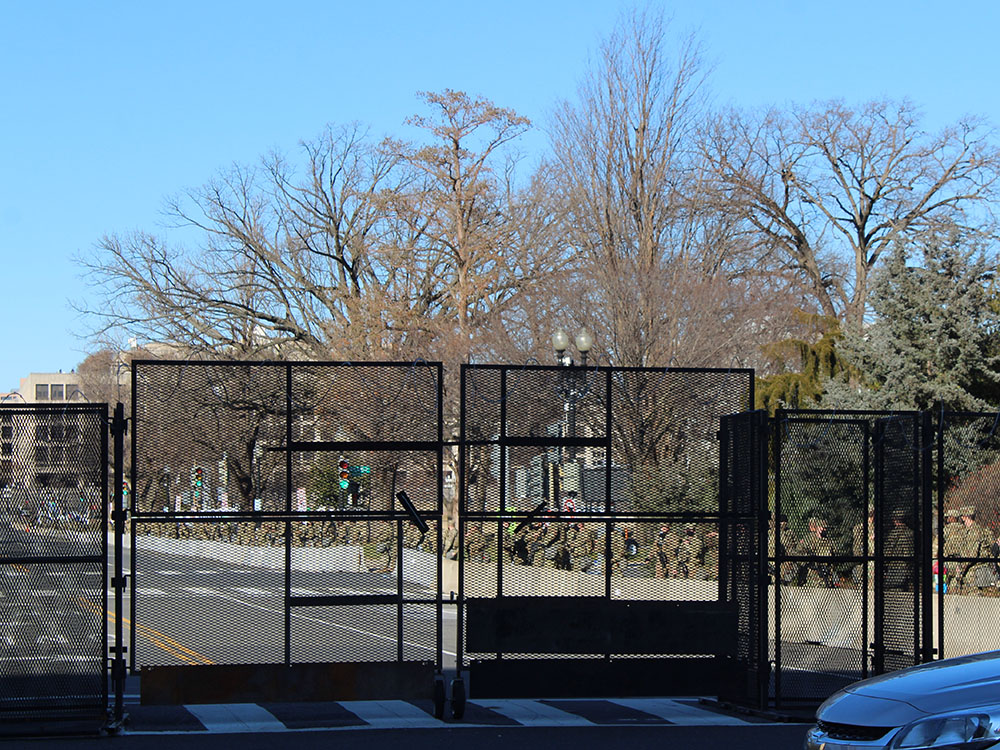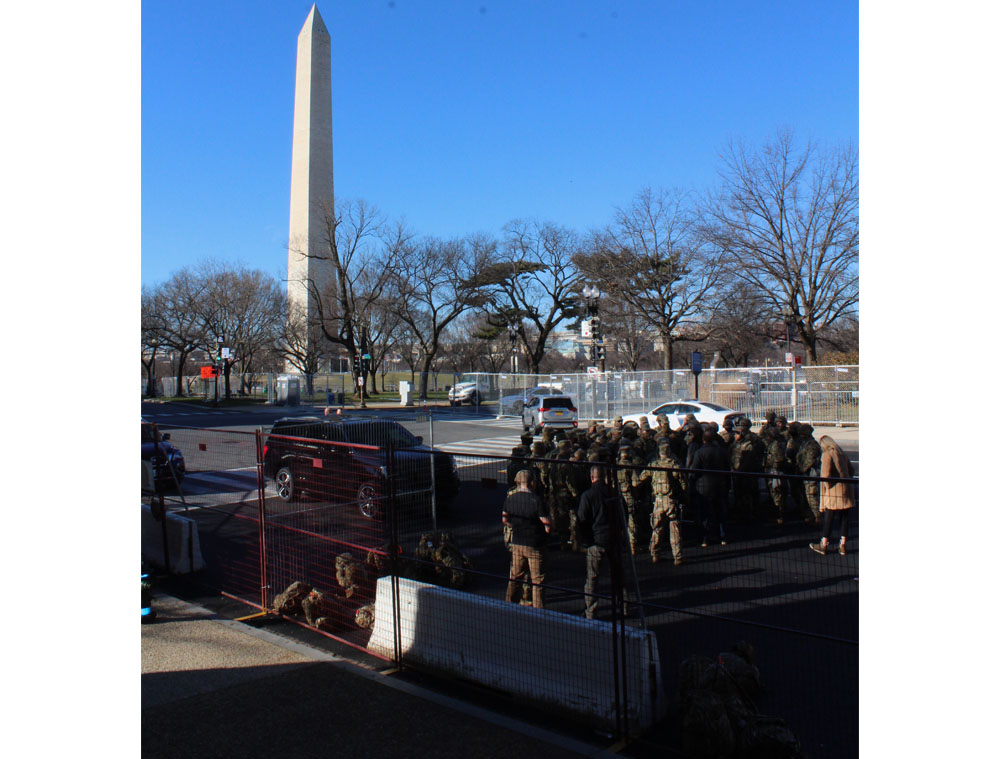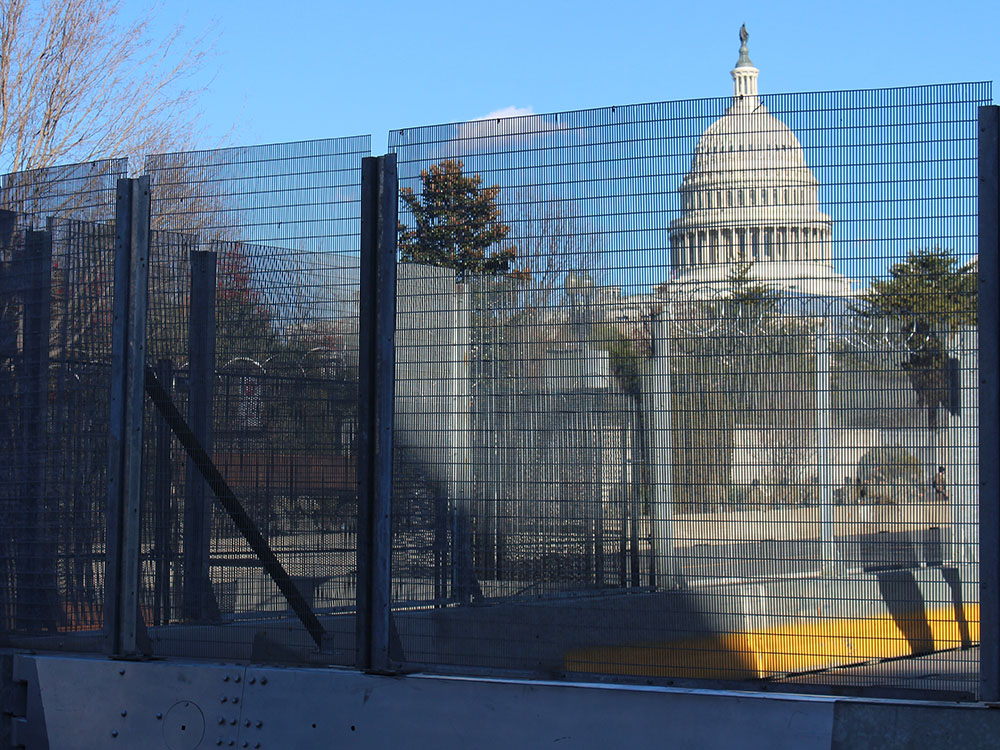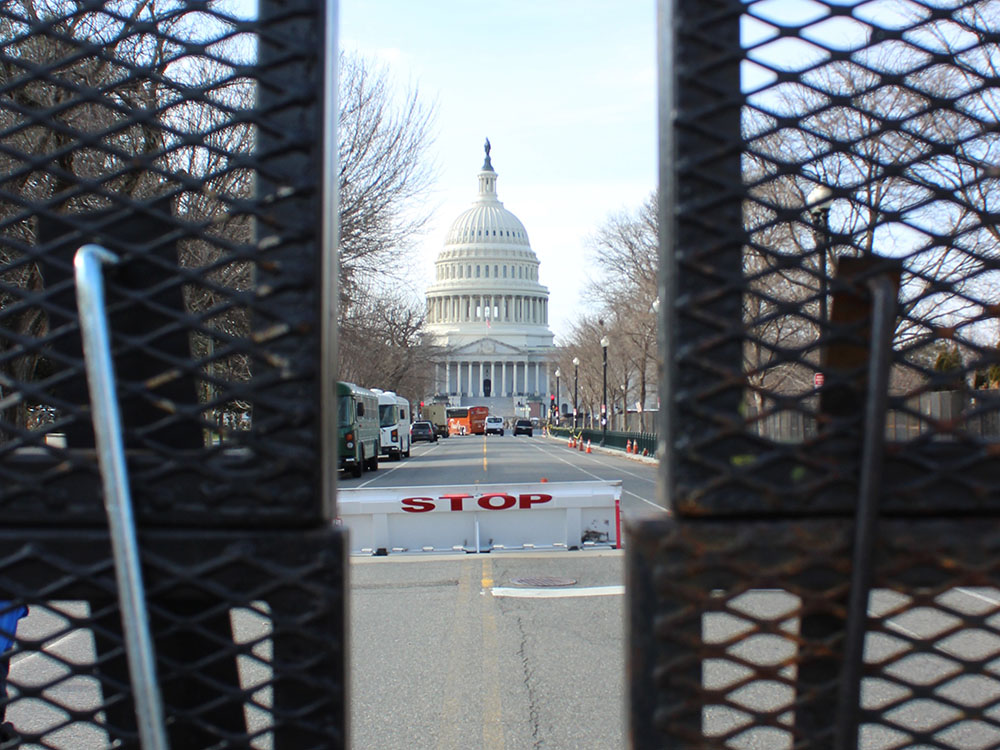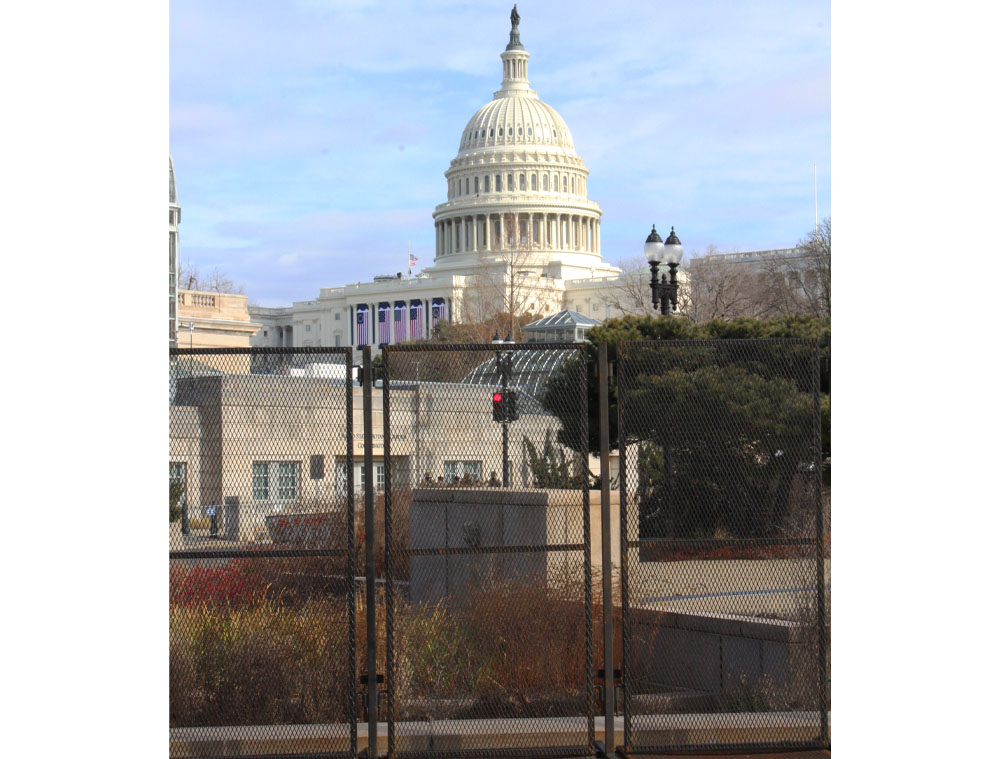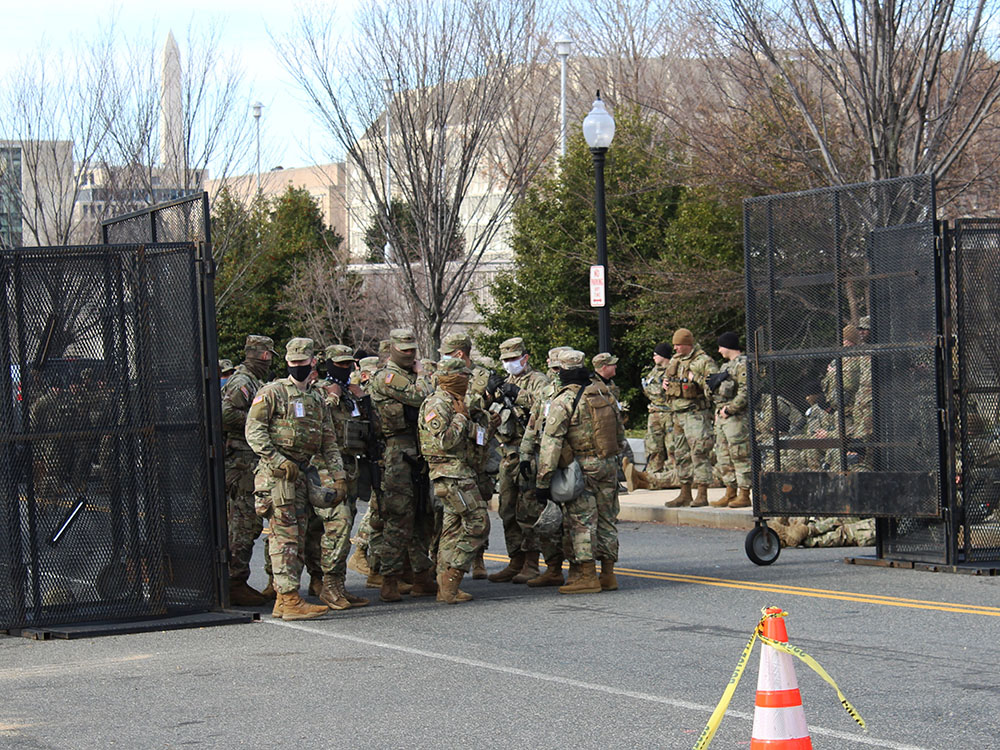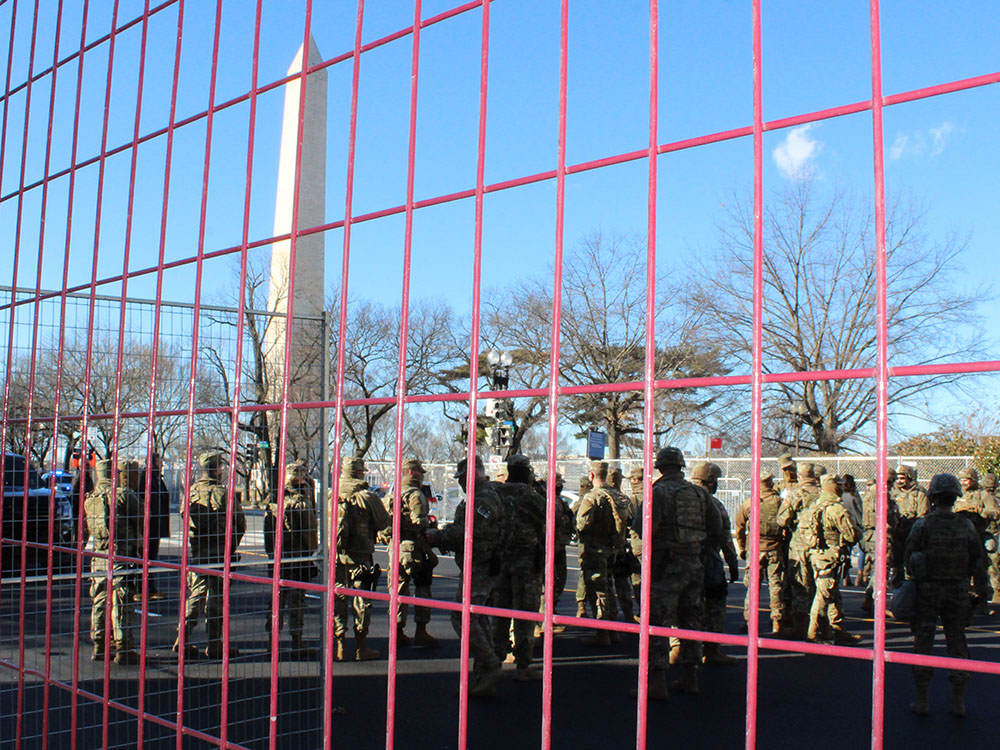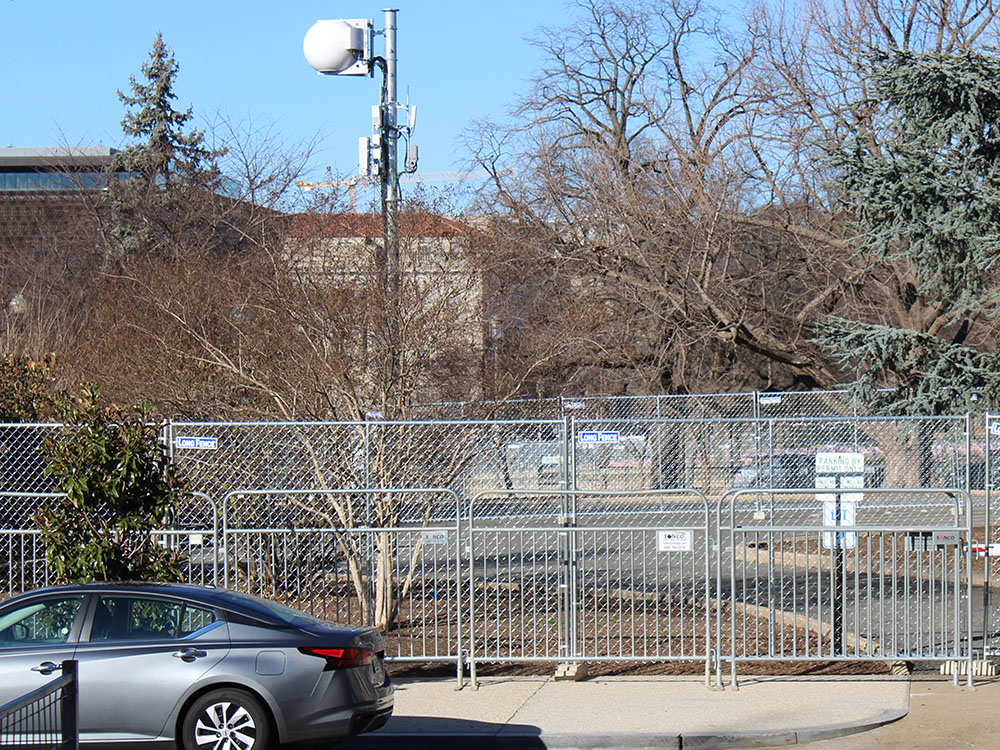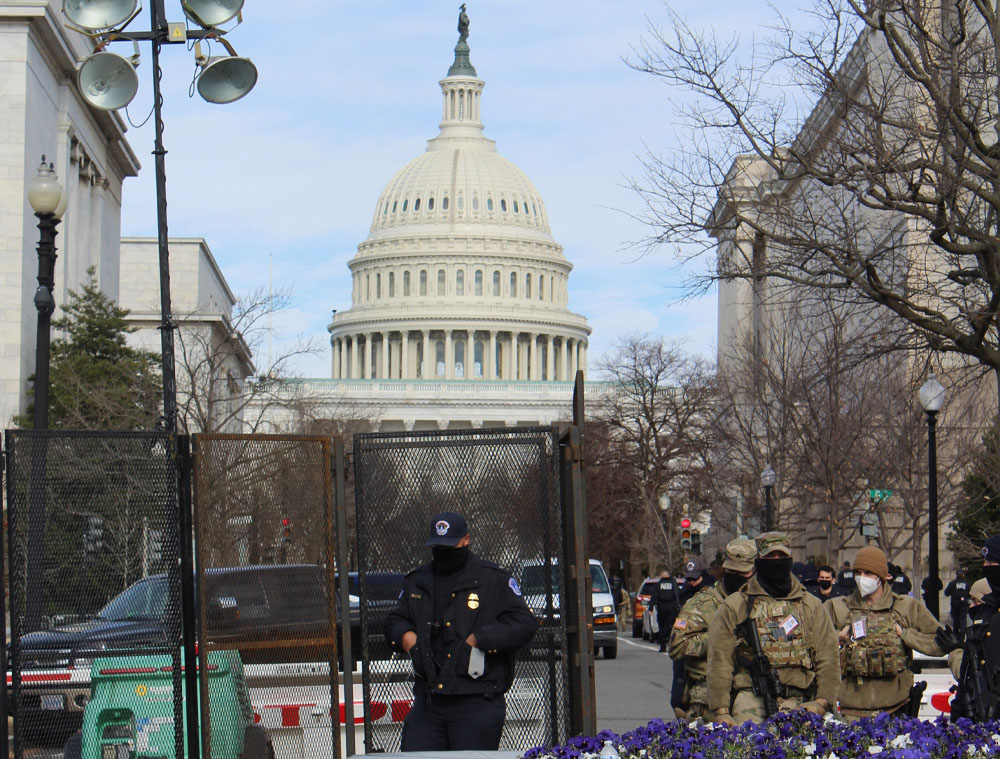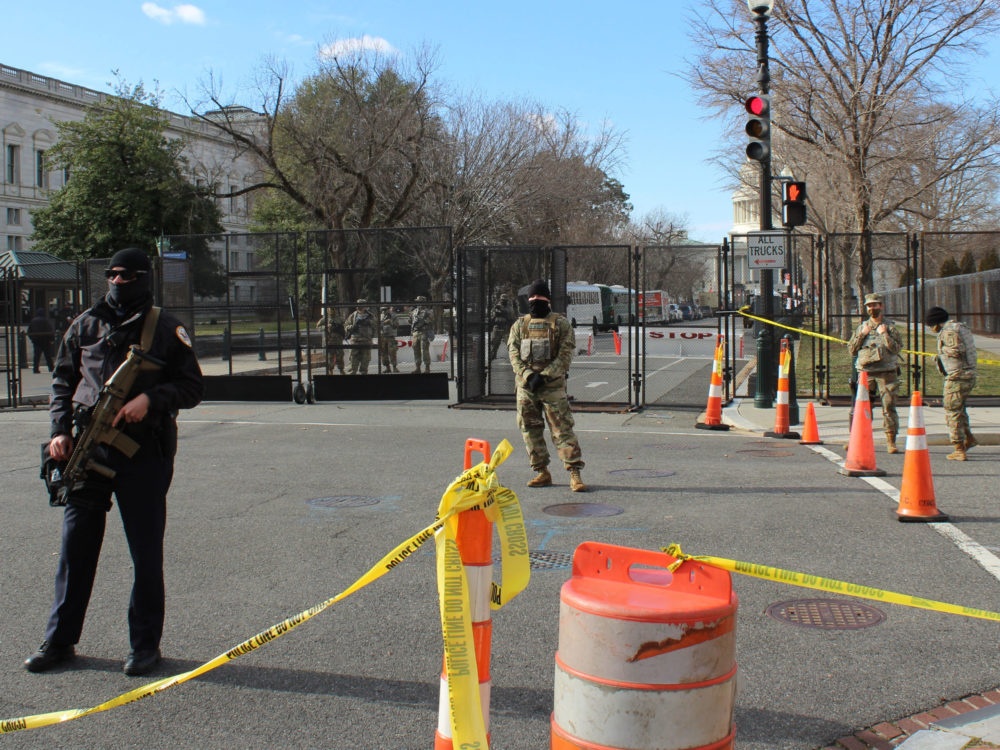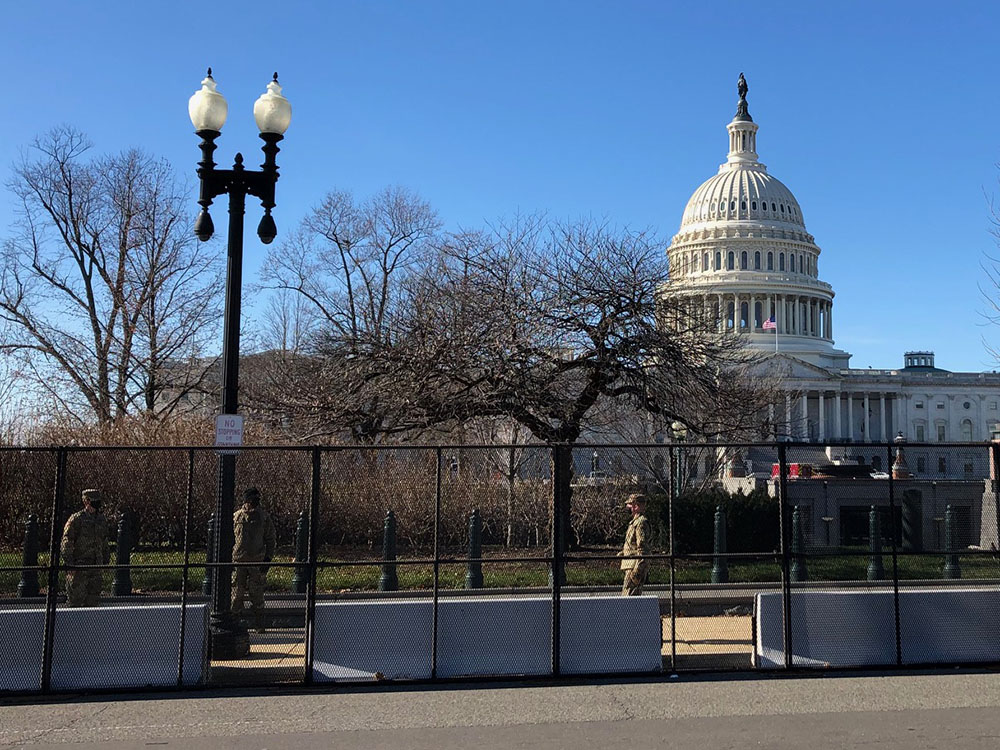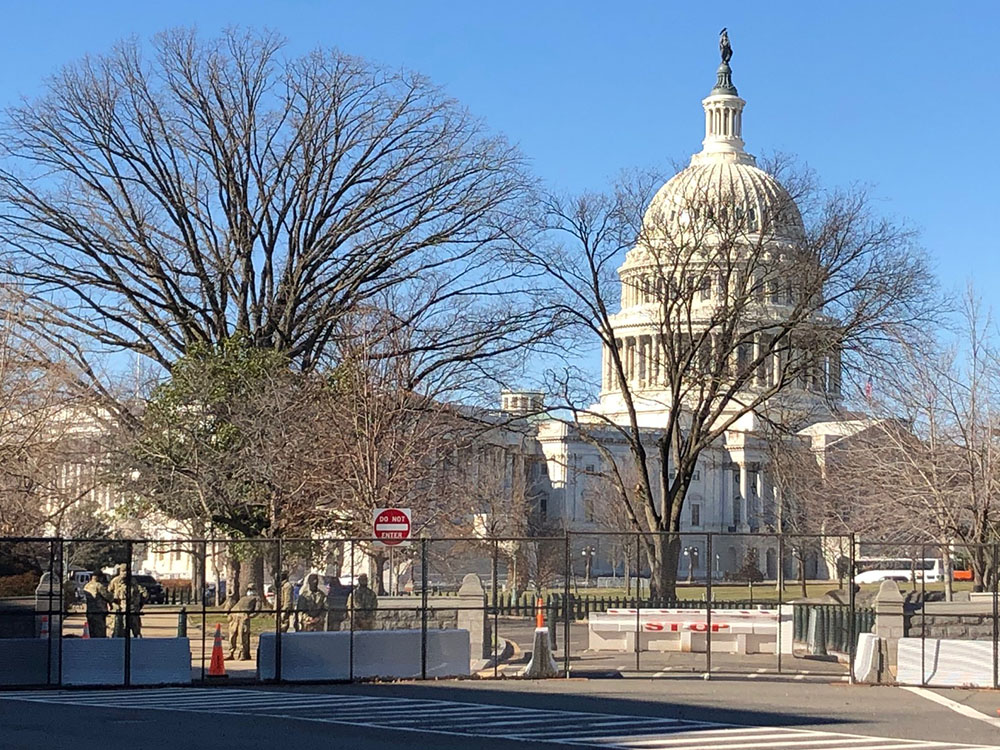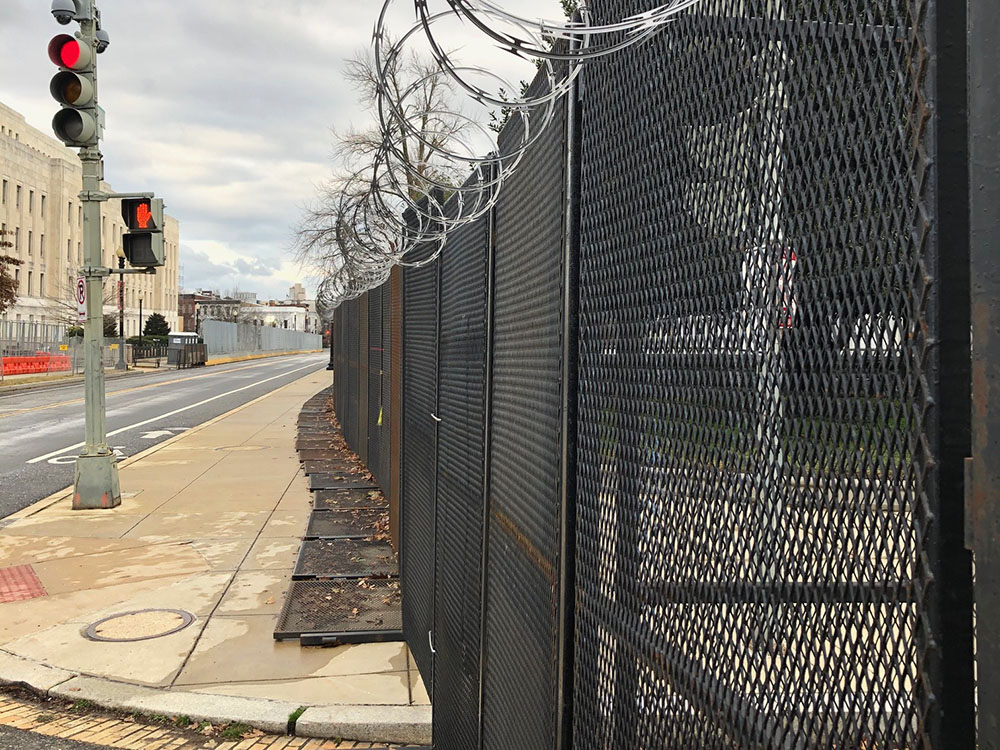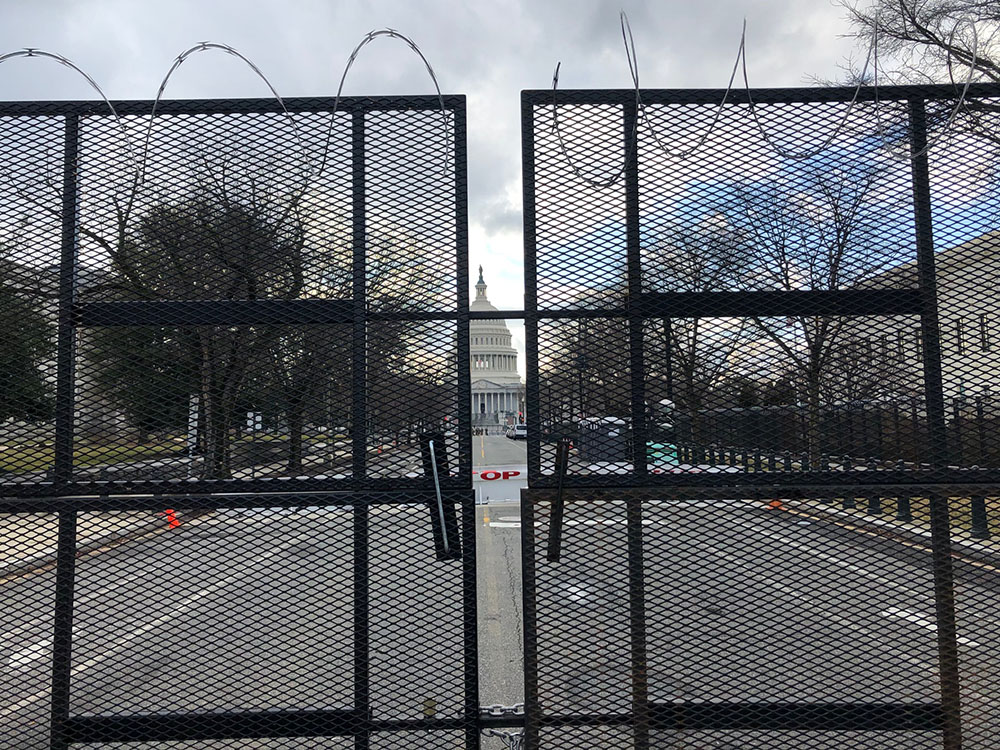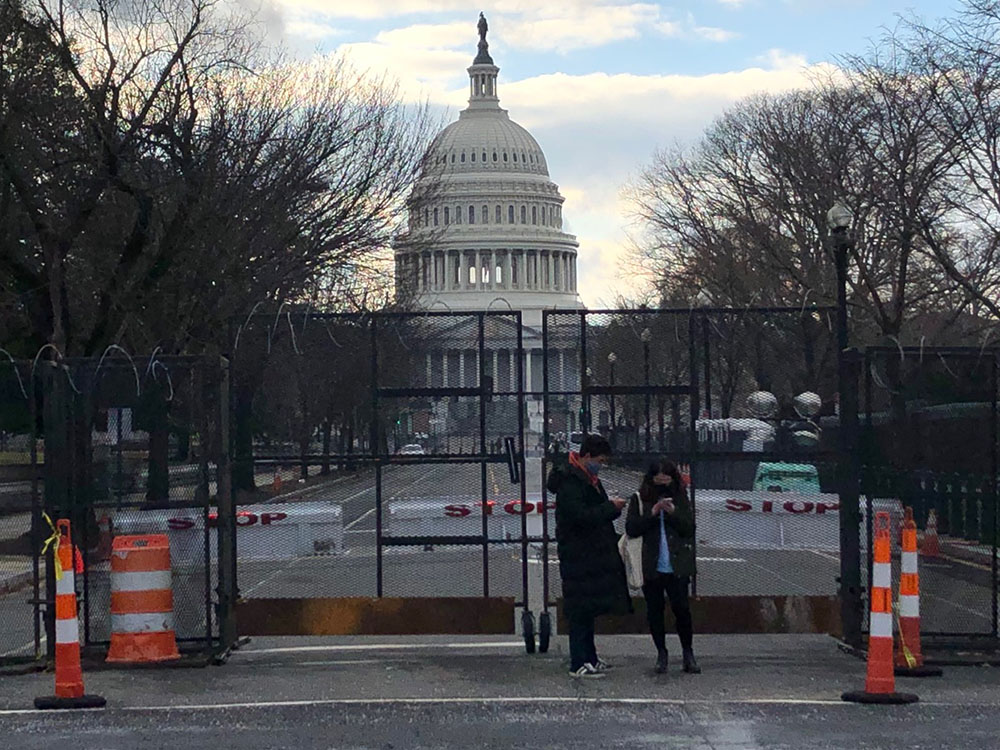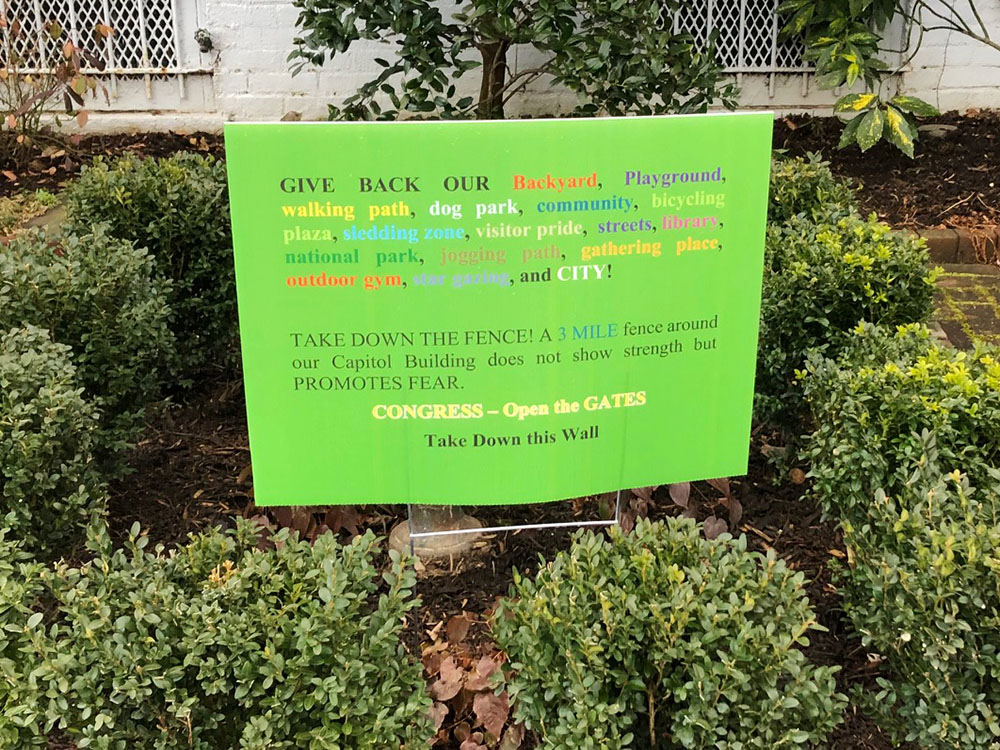By Lisa Benton-Short
Presidential Inaugurations assure the American people of a continued and unbroken commitment to continuity, stability, perseverance, and democracy. They have occurred in times of peace, in times of turmoil, in times of prosperity, and in times of adversity. Modern inaugurations involve solemn oaths, music, speeches, parades, and cheering crowds. They take place on the western steps of the U.S. Capitol, which becomes the stage for that celebration of the democratic process, a national renewal and the pageantry of the peaceful transition of power. The public participates in this important political ritual by witnessing this celebration from the large expanse of the National Mall.
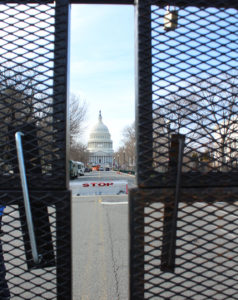
Often inauguration create lasting memories: the inspiring words of JFK’s Inaugural speech; the massive crowd of almost 2 million for the 2009 Obama Inauguration. What will the images and memories of the 2021 Biden Inauguration be?
Certainly, two of the most enduring images of Biden’s Inauguration will be of the Capitol Building in the shadow of an unprecedented level of security and a National Mall without a cheering crowd.
Following the disturbing assault and insurrection on the Capitol on January 6th, and continued threats of violence, increased security measures closed the National Mall to the American public and locked down the Capitol complex. The massive security perimeter around the Mall included multiple layers of fences, barriers, armed patrol units, and Humvees. Around the security perimeter were the watchful eyes of some 20,000 National Guard and other police—more troops than are currently stationed in Iraq and Afghanistan, and more on the National Mall that any time since the Civil War. Never have so many streets been closed or restricted in the history of the capital. We looked like a nation at war—at war from within.
The 2021 Inauguration was already going to be different. The COVID-19 pandemic meant fewer people were to be invited. Outgoing President Trump said he would not attend (the first outgoing president since 1869 to refuse to attend his successor’s swearing in). There were to be numerous “virtual” inaugural activities including a memorial to lives lost to COVID-19.
But after the January 6th assault on the Capitol, the Inauguration was transformed further into a highly fortified and restricted event. And while the Inauguration Committee installed 200,000 American flags across the National Mall to represent the American people unable to travel to Washington, D.C., it was lipstick on a pig. Despite the pageantry, the reality was that this Inauguration was diminished by the absence of people and made more somber by a heightened level of security, fear, and worry. The absence of the American people in our nation’s most important public space made for an eerily quiet Inauguration.
Even after the Inauguration, much of the fencing and barriers remain, as do about 5,000 National Guard. Most alarmingly, on January 28 the acting Chief of U.S. Capitol Police called for permanent fencing around the Capitol. Such a reaction would continue a disturbing trend in the fortification of buildings and memorials that now dominates at the expense of protecting public access and the symbolic meaning of the Mall. People should feel entitled to move about the capital freely, but fortifications and video surveillance communicate fear and retrenchment and undermine the basic premises of an open and democratic society.
The recent fortification of the Capitol and the Mall reveals a troubling story of barriers in a place that symbolizes freedom. Since 9/11, concerns about the security of public spaces in the U.S. have preempted those about access. They have penetrated into the practices of governance, design, and planning. They have impacted the look and feel of our cities. In a new hyper-vigilant, hyper-secure post-9/11 world, we have spent millions of dollars trying to provide the appearance of universal protection of all the buildings and all of the people in them—even though this is impossible.
No doubt, the Capitol and those who work inside the building need to be protected from insurrectionists and those who threaten violence. But we must find a balance between needs for security and the need for openness and accessibility, particularly in the nation’s capital. Today, the fencing and troops that still surround our Capitol Building embody an architecture of fear and vulnerability. We cannot let this be the lasting image we project to ourselves, or the world.
• Lisa Benton-Short is an Associate Professor of Geography at George Washington University and a Senior Fellow at the GW Sustainability Collaborative.
Photo Gallery: Views of the National Mall and U.S. Capitol (Troops, Fencing and Barriers)
Tags: Mall security, National Mall, U.S. Capitol

